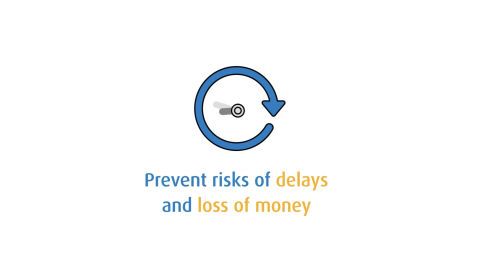Difference between cumulative and non-cumulative fixed deposit
As one of the safest investment options, a fixed deposit enables investors to earn interest on their savings for a fixed tenor at pre-determined interest rates. When investing in a fixed deposit, you may have come across cumulative and non-cumulative FD terms. These are two different types of fixed deposits based on payout frequency.
The interest is compounded each year and paid at maturity in a cumulative fixed deposit. On the other hand, in a non-cumulative fixed deposit, the interest is paid out either monthly, quarterly, half-yearly or annually, as per your requirements.
You can calculate the returns on your investment with the help of FD Interest Rates Calculator.
Where should you invest, cumulative or non-cumulative FD?
Choosing between cumulative and non-cumulative fixed deposits entirely depend on your investment and liquidity requirements. It is best to select a cumulative fixed deposit for investors who don’t need a regular cash flow but want to save up for long-term goals like building a nest egg for retirement or short-term goals like funding a significant expense. Such investors can raise enough money to fund their objectives by investing in a cumulative FD.
On the other hand, investors looking to fund recurring expenses can choose to invest in a non-cumulative FD, where they can receive payouts regularly. The payouts received on these deposits can be used to fund monthly expenses. Check the fixed deposit interest you will be served on Bajaj Finance FD.
When investing in a fixed deposit, you may have come across cumulative and non-cumulative FD terms.








